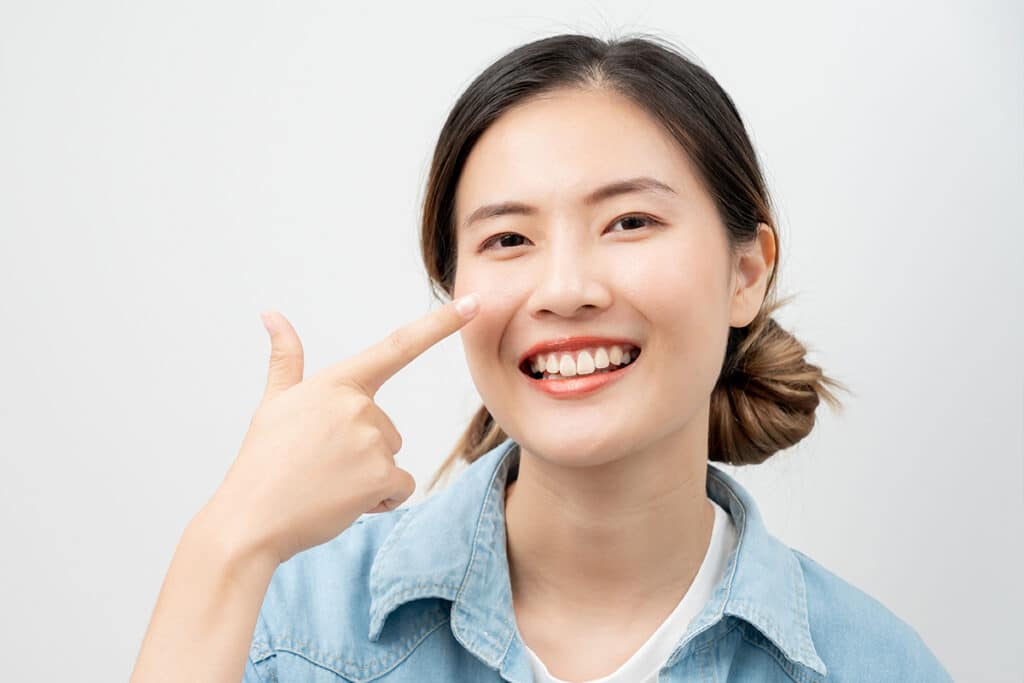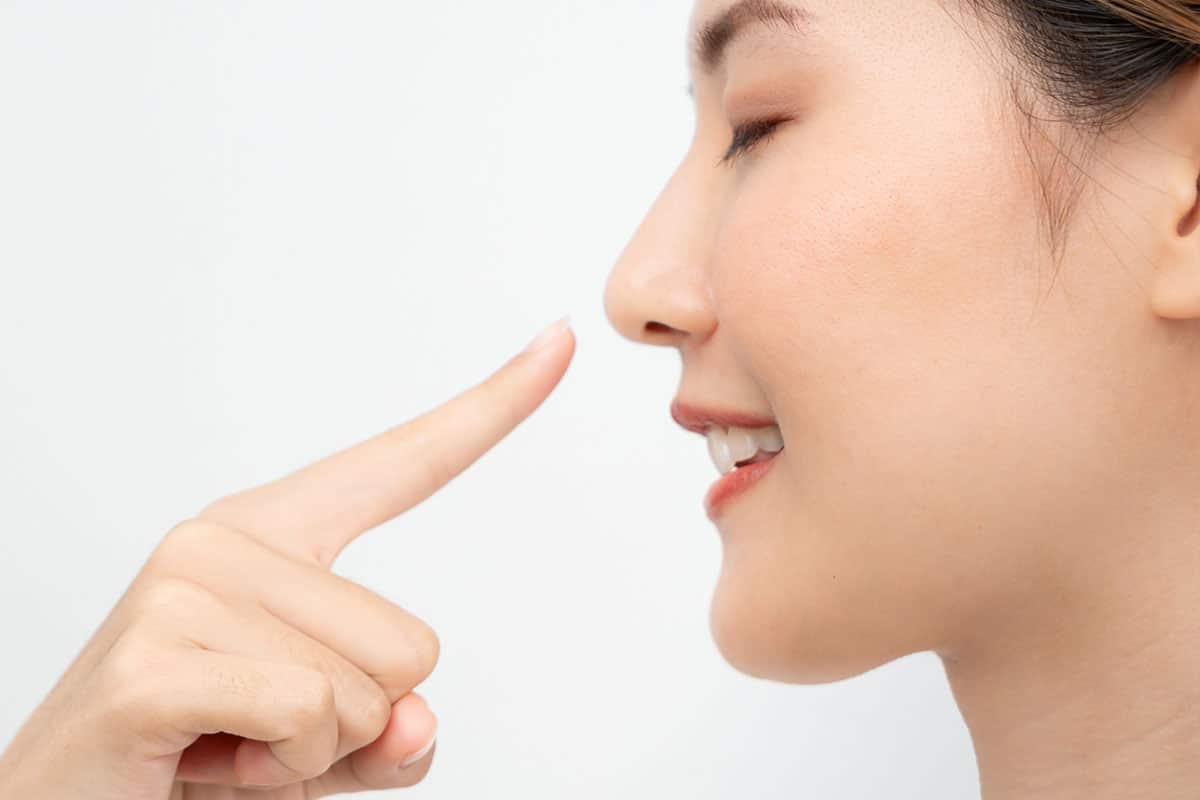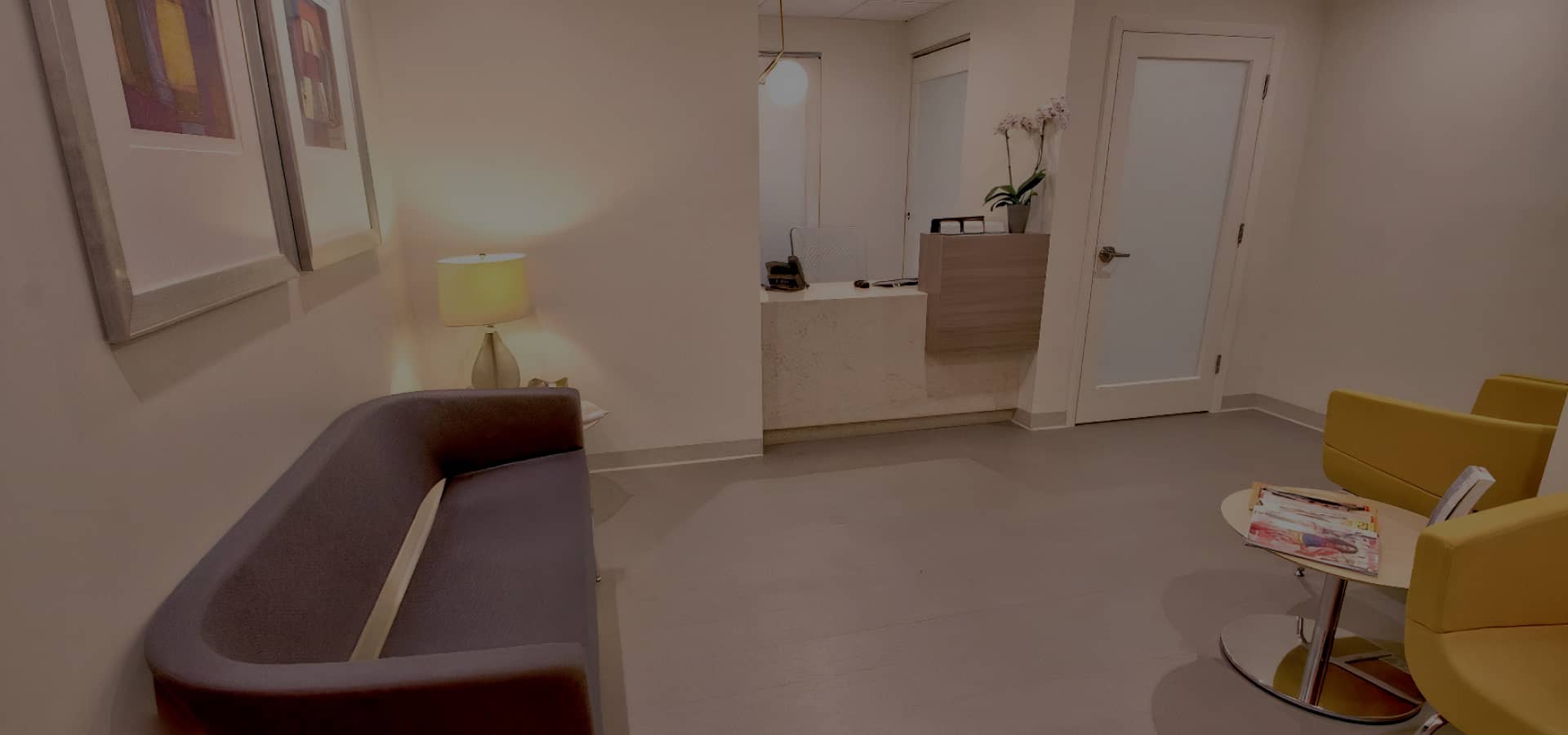Are you bothered by the shape of your nose? Specifically, do you feel that your nose has a rounded or bulbous appearance that doesn’t align with your desired aesthetic? If so, then Asian Rhinoplasty may be the solution you’ve been searching for. In this blog, we’ll explore how this specialized procedure addresses bulbous nose concerns and helps individuals achieve their ideal nasal shape.
Asian Rhinoplasty and Bulbous Nose
Asian rhinoplasty surgery, a specialized form of facial plastic surgery, caters specifically to the unique facial features of those of Asian descent. Unlike the caucasian nose, which often seeks augmentation of the nasal bridge, the asian nose typically presents with its own set of common concerns, including a bulbous nose. This surgical procedure is more than a mere aesthetic change; it’s a transformation that significantly enhances the quality of life for many asian patients.
Asian Features and Rhinoplasty: A Cultural Perspective
The facial structure of individuals of Asian descent varies significantly from their Western counterparts. Asian rhinoplasty procedures must consider these differences, particularly in terms of the nasal bones, nasal tip cartilages, and overall facial features. For many, the goal is not to westernize the asian nose but to refine and harmonize it with the rest of their facial features, preserving their ethnic identity.
How to Recognize if You Have a Bulbous Nose
A bulbous nose is characterized by a round, wide, and often large appearance at the tip. This bulbous nasal shape is a common request for alteration in Asian nose surgery. It’s usually caused by excess cartilage or fibrofatty tissue at the nasal tip. The broad nasal appearance can lead to a lack of definition and can overshadow other facial features. Recognizing this is the first step for an Asian patient considering an ethnic rhinoplasty procedure.
The Asian Rhinoplasty Approach to Bulbous Noses
Addressing a bulbous nose through Asian rhinoplasty is a delicate and intricate process that requires a deep understanding of the unique nasal characteristics prevalent in individuals of Asian descent. Unlike the typical Caucasian nose job, which often focuses on augmenting the nasal bridge, Asian rhinoplasty places significant emphasis on reshaping the nasal tip and adjusting the overall nasal contour.
The primary goal in treating a bulbous nasal tip in Asian rhinoplasty is to create a more refined and harmonious nose that complements the patient’s facial features. This is achieved through a combination of reducing the bulbous appearance and enhancing the nasal tip projection while preserving or enhancing nasal function. The approach is multifaceted and includes several key components:
- Assessment of Nasal Structure: The procedure begins with a comprehensive evaluation of the nasal structure. This includes examining the nasal bones, cartilage, and soft tissue. Special attention is given to the nasal tip cartilages and the amount of fibrofatty tissue, which often contribute to the bulbous appearance.
- Refinement of Nasal Tip: One of the main focuses of Asian rhinoplasty for a bulbous nose is refining the nasal tip. This involves reshaping the nasal tip cartilages through precise surgical techniques. Surgeons may use suture techniques to reshape and reposition the cartilage, or they might remove a small portion of the cartilage to reduce the bulkiness of the nasal tip.
- Use of Graft Material: In many cases, graft material is used to achieve the desired shape and support. This could include autologous cartilage grafts, typically harvested from the patient’s own rib or ear cartilage. These grafts are used to provide structure and support, and sometimes to lengthen the nasal tip or augment the nasal bridge subtly.
- Correction of Nostril Shape and Flare: Along with addressing the bulbous tip, Asian rhinoplasty also often involves modifying the nostril shape and reducing nostril flare. This is especially important in achieving a balanced and proportional look, as the nostrils play a crucial role in the overall appearance of the nose.
- Advanced Surgical Techniques: Surgeons employ a range of advanced surgical techniques in Asian rhinoplasty. This might include open rhinoplasty, where an external incision is made to provide better access and visibility, or closed rhinoplasty, which involves internal incisions and is less invasive. The choice of technique depends on the individual case and the surgeon’s assessment.
- Consideration of Aesthetic Balance: An important aspect of Asian rhinoplasty for bulbous noses is ensuring that the new nose shape achieves aesthetic balance with the rest of the facial features. This involves a keen understanding of facial symmetry and proportions, which are critical in achieving a natural and appealing outcome.
- Customized Approach: Each Asian rhinoplasty procedure is highly customized to the patient’s specific needs and aesthetic goals. Surgeons consider various factors such as skin thickness, nasal structure, and overall facial anatomy to develop a tailored surgical plan.
- Emphasis on Natural Results: The overarching aim of Asian rhinoplasty, particularly when addressing bulbous noses, is to achieve results that look natural. The reshaped nose should not only meet the patient’s aesthetic desires but also blend seamlessly with their ethnic and individual characteristics.
Preparing for Asian Rhinoplasty: Steps to Take
Preparation for Asian rhinoplasty is a crucial step in ensuring the success of the cosmetic surgery. It begins with thorough research and consultations with experienced surgeons specializing in Asian rhinoplasty. During these consultations, patients should discuss their goals, explore before and after photos of similar cases, and understand the realistic outcomes of their procedure. Essential steps in preparation include:
- Medical Evaluation: Undergoing a comprehensive medical evaluation to assess overall health and nasal structure. This may include blood tests and imaging studies.
- Medication Review: Discuss current medications with the surgeon to avoid any that may interfere with surgery or recovery, such as blood thinners or supplements.
- Lifestyle Adjustments: Implementing lifestyle changes, such as quitting smoking and avoiding alcohol, to promote better healing.
Additionally, patients should arrange for post-operative care, such as transportation from the hospital and assistance during the initial recovery period.

The Recovery Process for Asian Rhinoplasty on a Bulbous Nose
Recovery after Asian rhinoplasty, particularly for a bulbous nose, requires patience and careful adherence to post-operative instructions. The initial weeks are crucial for ensuring proper healing and the best possible outcome. Common experiences during recovery include:
- Swelling and Bruising: Managing swelling and bruising around the nose and eyes, which typically subside within the first two weeks.
- Pain Management: Controlling discomfort with prescribed pain medication, as directed by the surgeon.
Patients should also follow specific care instructions, such as:
- Resting with Head Elevated: Sleeping with the head elevated to reduce swelling.
- Avoiding Strenuous Activities: Refraining from heavy lifting or vigorous exercise for a specified period.
- Nasal Care: Keeping the nasal area clean and avoiding blowing the nose.
Regular follow-up appointments are critical to monitor healing and address any concerns promptly.
Risks and Considerations in Asian Rhinoplasty for Bulbous Noses
Like any surgical procedure, Asian rhinoplasty for bulbous noses carries certain risks and considerations. A comprehensive understanding of these is vital for making an informed decision. Potential risks include:
- Infection and Bleeding: Although rare, there’s a risk of infection and bleeding post-surgery, which can be managed with proper care and medication.
- Scarring: The possibility of scarring, especially if an external incision technique is used. However, skilled surgeons typically place incisions strategically to minimize visibility.
Other considerations include:
- Asymmetry: There might be minor asymmetry post-surgery, which is often correctable with minor revisions.
- Nasal Function: Ensuring that the surgery does not impair nasal function, such as breathing, is crucial.
Patients should discuss these risks in detail with their surgeon and consider their comfort level and the surgeon’s expertise before proceeding with the surgery.
Choosing the Right Surgeon for Asian Rhinoplasty
Selecting the right surgeon for an asian nose job is paramount. The surgeon should not only have expertise in facial plastic surgery but also specific experience in ethnic rhinoplasty procedures. They should understand the nuances of asian nasal morphology and possess the skills to execute advanced rhinoplasty techniques effectively.

Embracing Change with Confidence
Undergoing asian rhinoplasty, especially for a bulbous nose, is a journey towards not just an enhanced nose but also improved self-confidence. The journey, however, requires careful consideration, from understanding one’s own anatomy to choosing the facial plastic surgeon. In the end, it’s about embracing change and celebrating one’s unique features with confidence.
In conclusion, when considering Asian rhinoplasty for a bulbous nose, it is essential to choose a skilled and experienced surgeon who specializes in ethnic rhinoplasty procedures. Dr. Bared, a renowned facial plastic surgeon based in Miami, is an excellent choice for individuals seeking this transformative procedure. With his expertise in understanding the nuances of Asian nasal morphology and his ability to execute advanced rhinoplasty techniques effectively, Dr. Bared can help patients achieve their desired results while ensuring the preservation of nasal function. Schedule an appointment today.

